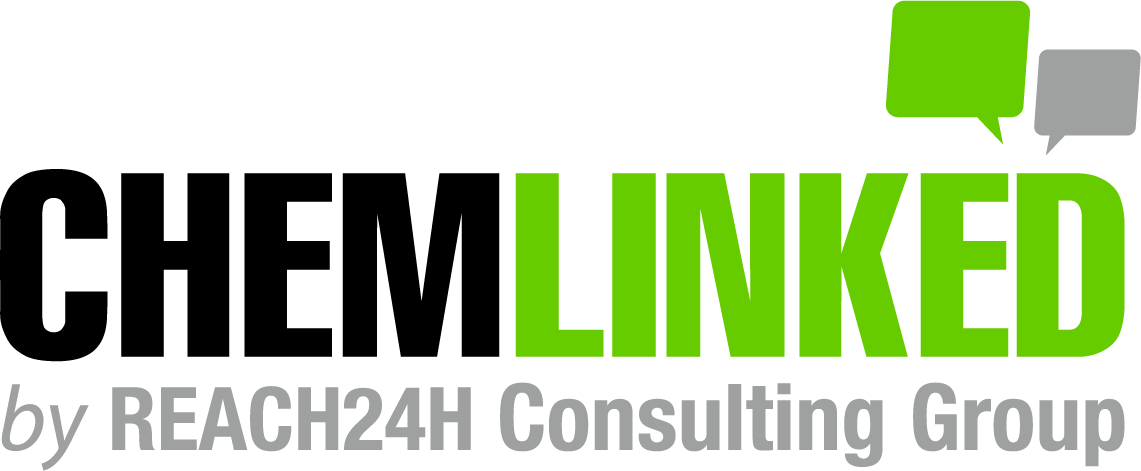The Food and Beverage Innovation Forum (FBIF) 2023 conference was held in Shenzhen from June 14 to 16 this year. At the Young Cohol forum, Shirley Zhu, Research Director for Greater China at International Wine & Spirits Research (IWSR), shared her insights on the current state of the global wine industry and its future outlook.
Global Wine Industry Overview
According to IWSR data, the sales volume of alcoholic drinks grew at a compound annual growth rate (CAGR) of 1% worldwide, with India and Mexico contributing over half of the global growth. IWSR anticipates alcohol sales will grow by 2% between 2022 and 2027. China and the U.S. remain the major markets, mainly fueled by value increases. China's alcohol market is expected to rise to USD 41.7 billion, and the U.S.' may increase by over USD 10 billion.
Stakeholders should notice the shifting growth axis. For example, Aurum wine is sourced from the UK. Growth is not significant in its originating country, but seen evidently in other countries like the Philippines.
Current Status by Category
Beer
The sales volume of beer increased 3% from 2021 to 2022, above average growth. Per Figure 1, beer sales volume almost recovered from COVID-19. Regarding value, beer sales grew 10% during 2021 to 2022. There were remarkable increases in India, Brazil, South Africa, and Southeast Asia. In China, Shirley mentioned that beer sales volume had been almost saturated, with little significant volume growth expected within the recent five years. However, market growth may come from high-end products.
Figure 1 Sales value of alcoholic drinks categories (billion US dollars)

Grape Wine
Grape wine’s sales volume decreased 5% from 2021 to 2022, though value increased 1%. As shown in the figure, there is little possibility for low-end grape wine growth but potential for high and ultra-high-end wines as the market recovers. High-end products, whether sparkling or not, have great potential.
Figure 2 Sales volume of grape wine with different price level

Spirits
Spirit sales volume decreased 2% in 2022 while value grew 5%. To illustrate specific product categories, tequila and whiskey markets warrant attention. Tequila has the fastest growth among spirits and is expected to have over 40% growth soon. While still niche, it is increasingly popular among investors and consumers. Shirley predicted Tequila would become significant in the U.S. market, surpassing vodka in driving spirit sector’s value.
Regarding whiskey, growth is seen for Irish, Indian, and Japanese whiskeys, and such growth trajectories will continue within years. Besides volume growth, value increases will also facilitate the whiskey category’s development.
Ready to Drink (RTD, means the drinks are premixed and ready for consumption)
RTD’s sales volume increased 2% from 2021 to 2022, while value rose 8%. Hard sodas contributed significantly to RTD’s growth, peaking in 2021 but slowing afterwards.
Shirley remained positive about RTDs. Many people now enjoy mild spirits and wish to try different flavors. Consequently, it will be flavored blended drinks and cocktails that boost RTD’s growth.
Development Trends
High-end Continues but Will Slow Down
Based on Figure 3, high-end and ultra-high-end wines grew faster within corresponding product categories. Therefore, the high-end trend will continue. However, 2022–2027 CAGRs for most categories are lower than 2021–2022, indicating growth will slow.
Figure 3 The growth rate of different categories by price levels

Online Channel Growth Will Slow
Online channels grew rapidly since 2018 but Shirley assumed their increases would slow in upcoming years as new online shoppers would be less. Still, online channels are worth around $40 billion by 2026.
Figure 4 Proportion of different wines’ sales channel

Moderation Becomes a Trend
People drink wine to relieve pressure. However, considering health, they tend towards moderate drinking. This consumption attitude creates opportunity for mild wines and non-alcoholic drinks.
Focus on Chinese Consumers
IWSR once investigated wine consumption frequency. In 2022, 49% of interviewees said their wine consumption increased, while this proportion decreased to 45% in 2023, indicating people are controlling consumption volume. However, the percentage of purchasing more expensive wine increased from 24% to 28% in 2023, showcasing consumption upgrades and high-end trends in the Chinese market.
Moderate drinking also applies to Chinese consumers. Per the figure, consumers now have higher health awareness regarding drinking wine. More of them choose non-alcoholic drinks, mild wine and control wine consumption.
Figure 5 Consumption frequency of alcoholic drinks

Under economic pressure, Chinese consumers have their own money-saving strategies. On the one hand, they re-purchase the same products during sales promotions. Additionally, they tend to buy smaller-size products and consume less, differing from the U.S. market, where consumers prefer lower unit price of large packages. In this case, alcohol drink enterprises can adapt their strategies to local markets.
Figure 6 Chinese consumers’ wine consumption behaviors for saving money














